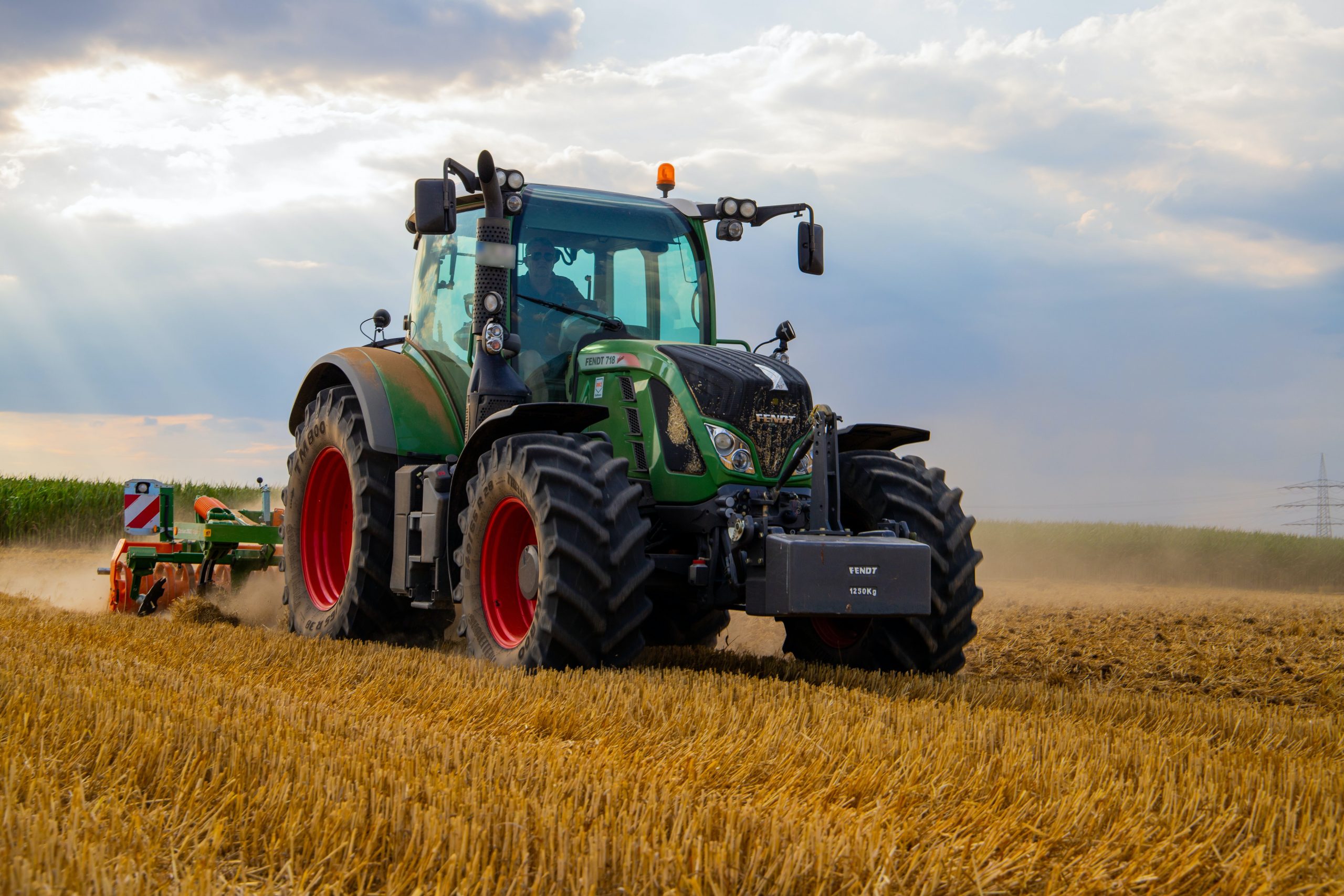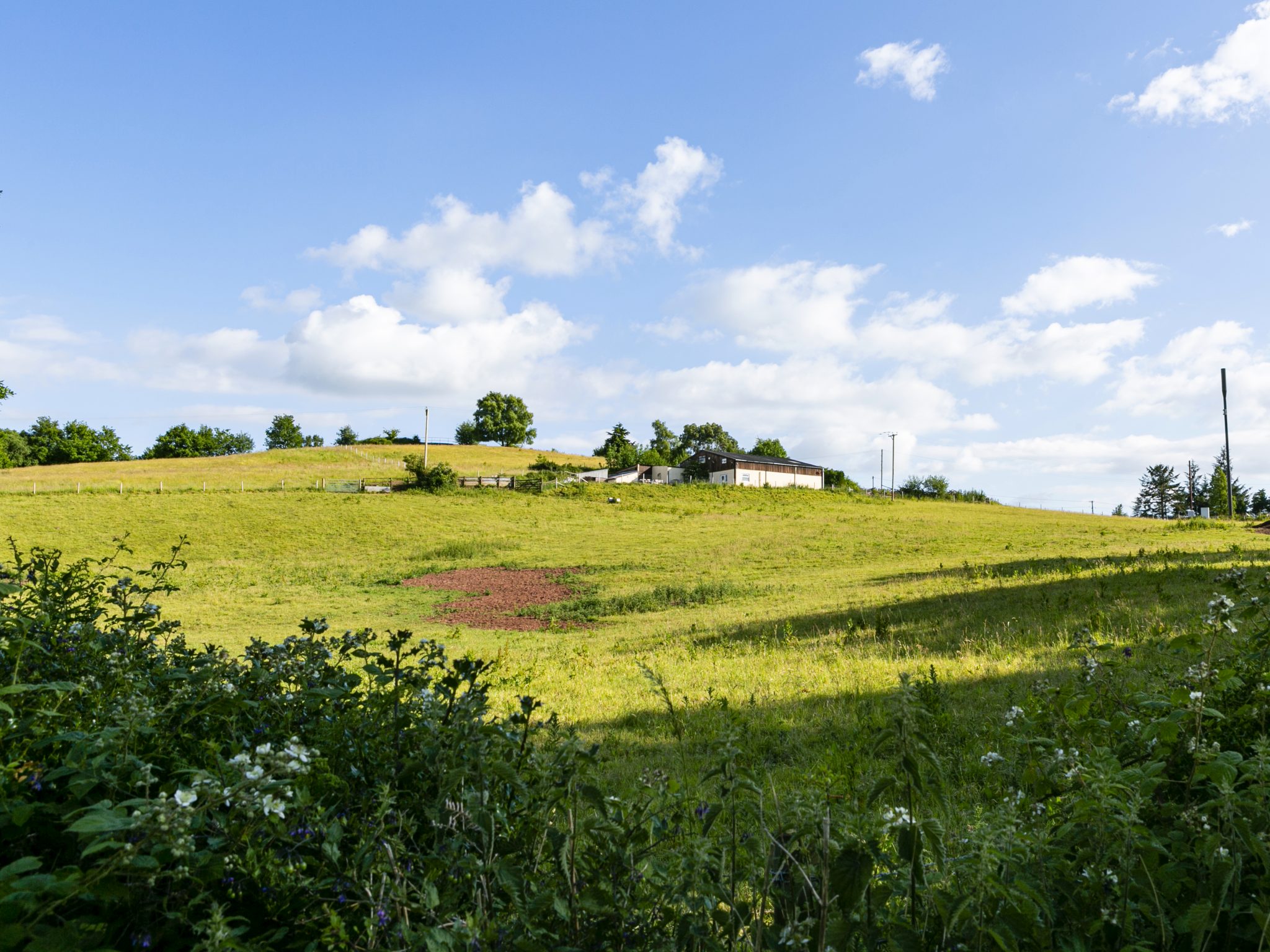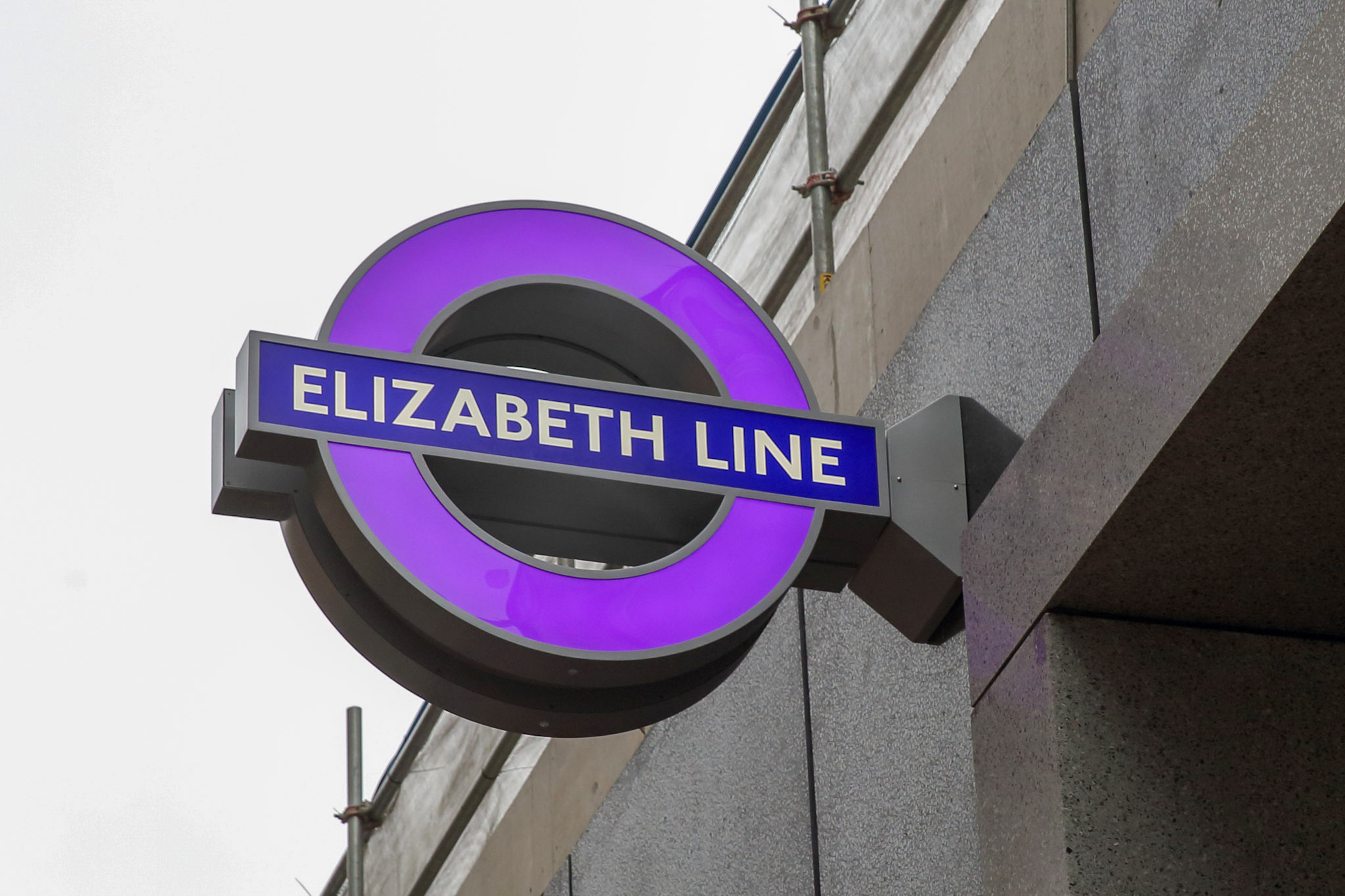Network slicing, a new way of delivering customised connectivity experiences, will be made possible by the introduction of 5G Standalone (5G SA). But what is it and why do we need it?
So what is network slicing then?
Network slicing is a new way of managing the internet and call traffic that telecoms networks carry. It enables companies like Vodafone to create several different virtual networks on the same physical equipment. Most importantly, these virtual networks are isolated from each other, which means one cannot impact the performance of another.
Why do we need it?
Today, all of Vodafone’s internet traffic is carried across the same physical network. This has worked to date, but as the amount of data we generate each year increases (4G data alone is growing about 40% a year) and more specialist services emerge, this approach will be less effective. There could be a risk of congestion, meaning applications on your smartphone become much less responsive or don’t work as well.
How will it work in practice?
You could have a slice of the network which is reserved for the public internet (this would connect all our smartphones), as well as separate slices for more specialist applications, such as virtual reality, or communications channels for emergency services. These specialist channels would have to be configured in a different way to suit the applications, which is why network slicing is so important.
Does this mean I’ll get slower internet on my smartphone?
Not at all, the performance will actually be better.
How so?
Network slicing can only be done on a new generation of networks called 5G Standalone (5G SA). 5G SA operates on upgraded equipment and software. Compared to today’s 4G and 5G (also known as 5G Non-standalone), it is much more efficient.
5G Standalone has arrived! Here's what you need to know.
5G Standalone (SA) is a game-changer for mobile networks. Find out what it can do here.
For a mobile network to work, companies like Vodafone need to licence spectrum – the airwaves it can use to connect customers’ smartphones to the network. UK regulator Ofcom manages spectrum auctions and licensing. 5G SA uses spectrum much more efficiently compared with 4G and 5G Non-standalone, meaning you can transfer more data, faster, while using less electricity to power it.
This increased efficiency means we can dedicate different slices to different activities, safe in the knowledge we can provide better mobile experiences for everyone in the future.
So why haven’t we had network slicing before then?
Two main reasons:
1. we’ve not needed it before;
2. we’ve not been able to.
More explanation needed!
Firstly, the way we managed data travelling across our networks in the past was perfectly suitable. Each year, as more services are digitised, more “things” are connected to the network, and so the amount of mobile data travelling across the network increases, too. We can still manage this traffic perfectly well today, but in a few years, we’ll have to think of a new way.
By introducing network slicing sooner rather than later, Vodafone can change the way traffic travelling across the network is managed before it starts to impact customer experience.
Secondly, the way we build 5G SA networks is completely different from previous years. One of the main differences is a lot of the applications and software used is “cloud-native” – this means it is designed and distributed entirely in the cloud rather than on local computers, which enables us to be much more flexible in how we operate and maintain the network. For example, we can make changes, like introducing a new network slice in a specific location, remotely and almost instantly.
What does network slicing mean for me?
Firstly, as we will be able to create network slices for specific types of internet traffic and configure the network to get the best possible performance, your connectivity experience will get better. Secondly, if we can offer companies and app developers more specialist connectivity options, they will be able to create more specialist services for consumers. Virtual Reality (VR) is an excellent example of this.
What’s VR got to do with this?
For VR apps to work properly on mobile networks, the application needs to react faster that the human brain. If not, when you turn your head while wearing VR googles, it might take a fraction of a second longer for the image you see to react. This can cause motion sickness as well as being a poor experience.
With network slicing, you can build a slice that is tailored for VR applications, and because the slice is isolated from other traffic on the network, you can guarantee it will work. In this example, Vodafone would build a low-latency slice, meaning there is very little “lag” or time taken between your input feeding through to the machine. This would guarantee the performance of VR applications.
What does network slicing mean for business?
Businesses use VR for training and marketing. But there are lots of other use cases, such as broadcasters live-streaming their video content to the cloud and then to the viewer as quickly as possible. Vodafone could create a slice that guarantees upload speeds to ensure a high-quality and consistent live-streaming experience.
In the future, almost everything will be connected to the internet – the Internet of Things – including your smart meter and washing machine. But most of these connections will only be transporting very small packets of data where speed is not such an issue. So Vodafone could build a slice that is configured for small data packets, with high enough capacity to cope with tens of thousands of “things” pinging the cloud at the same time.
Any other examples?
Yes lots, potentially hundreds. Imagine all the healthcare applications, from remote video assessment by doctors in emergencies, to remotely-assisted surgery. Each activity would need a highly stable, secure and specialised network slice.
So you think network slicing has a future then?
Absolutely. The question is when, not if. There are clear benefits for consumers, businesses and public sector organisations alike. In the future, we could even have a separate slice for every app on your phone, as there will be slightly nuanced performance needs for each type of app. Network slicing is about building networks that work in the best way possible for all the activities we might want to do. It’s an exciting prospect.
Stay up-to-date with the very latest news from Vodafone by following us on Twitter and signing up for News Centre website notifications.
![stock image of a refuse collector and a wheelie bin in front of a bin lorry [Adobe Stock] stock image of a refuse collector and a wheelie bin in front of a bin lorry](https://www.vodafone.co.uk/newscentre/app/uploads/2024/07/Garbage-Removal-Man-Adobe-Stock.jpg)
![DJI_0058[OPTIMISED]](https://www.vodafone.co.uk/newscentre/app/uploads/2024/07/DJI_0058OPTIMISED.jpg)
![Front view woman and man wearing sunglasses [Adobe Stock] cropped edited stock image of a woman and man, both wearing sunglasses, taking a selfie using a smartphone while posing by the waterside](https://www.vodafone.co.uk/newscentre/app/uploads/2024/07/Front-view-woman-and-man-wearing-sunglasses-Adobe-Stock-cropped-edited.jpg)






